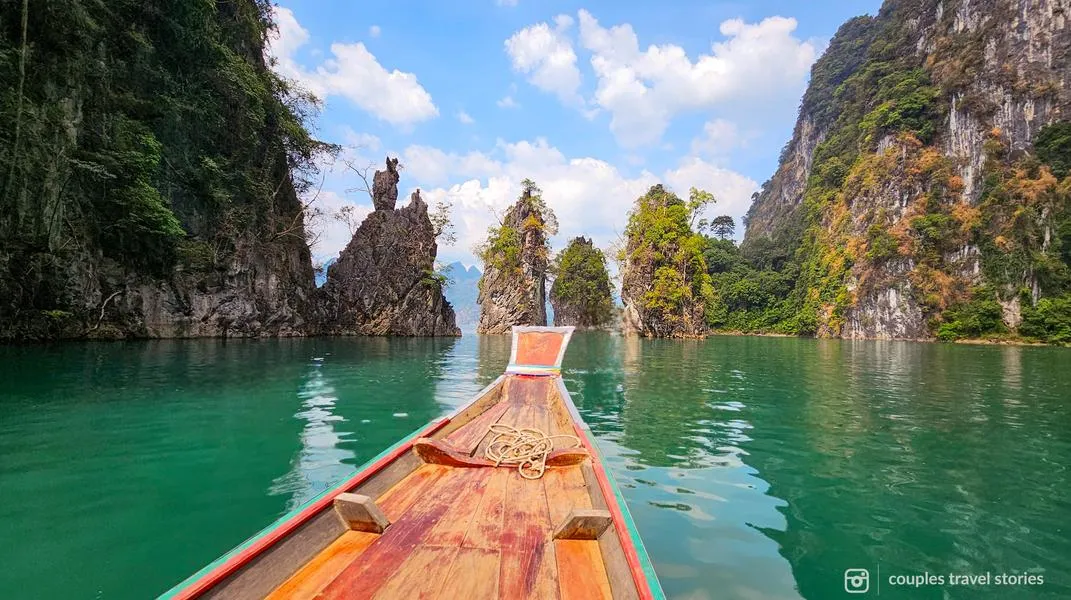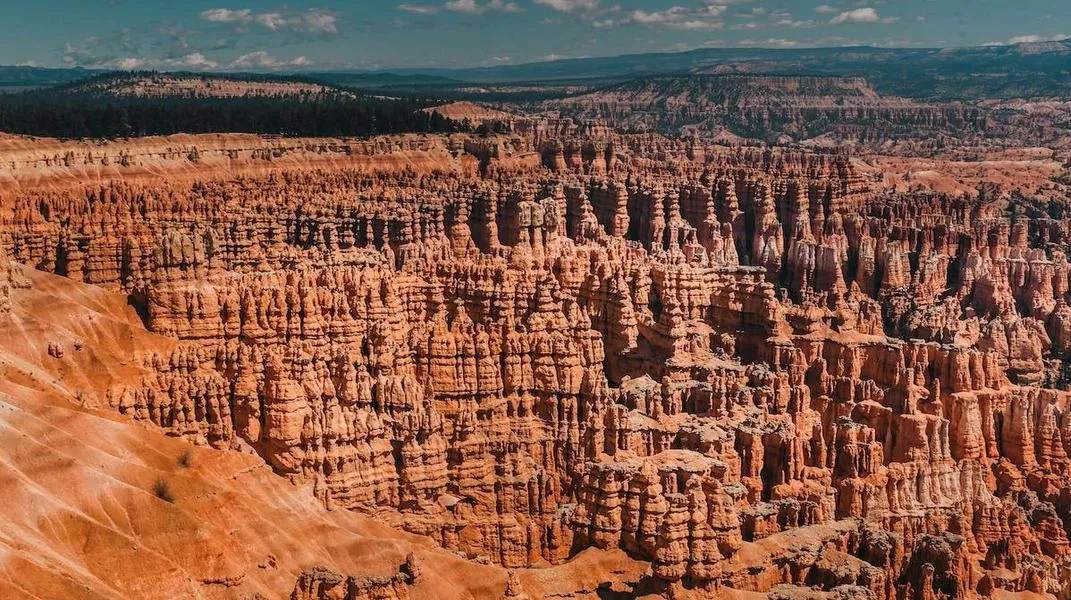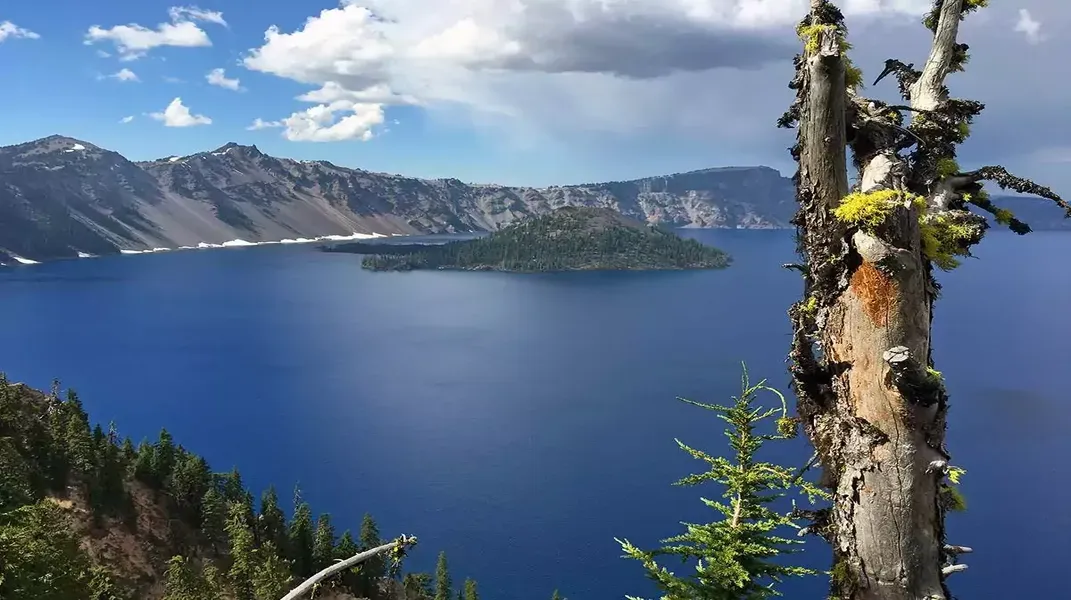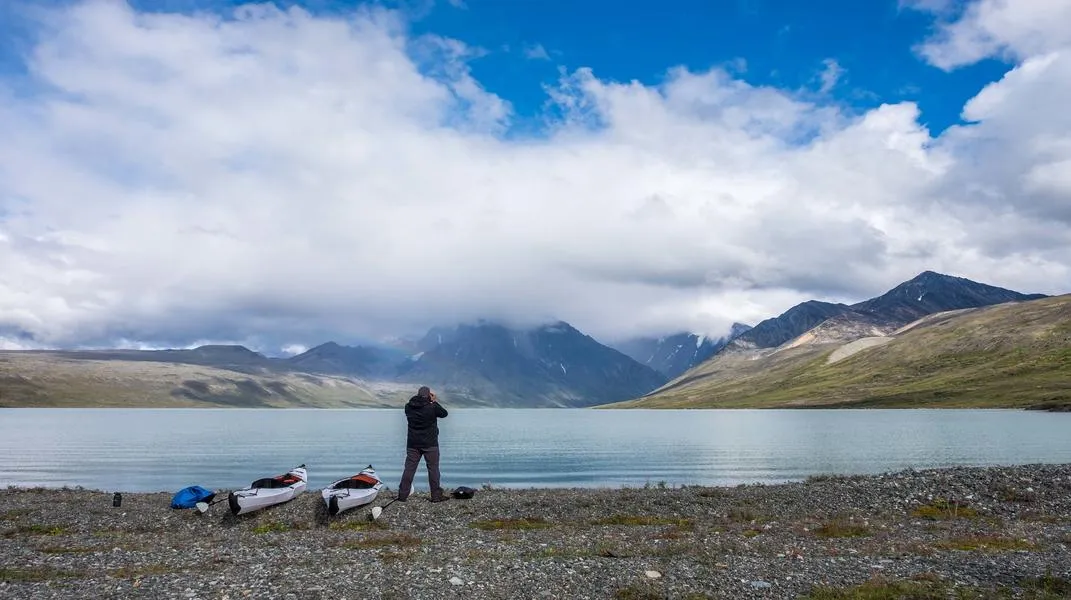Exploring the Wonders of Death Valley National Park
Death Valley National Park, located in Eastern California and extending into Nevada, is one of the most unique and extreme landscapes in the United States. Known for its stark beauty, extreme temperatures, and diverse ecosystems, this park draws adventurers, photographers, and nature lovers from around the globe. With its expansive desert vistas, rugged mountains, salt flats, and colorful canyons, Death Valley offers a plethora of experiences for visitors. However, due to its extreme environment, preparation is key to ensuring a safe and enjoyable visit.
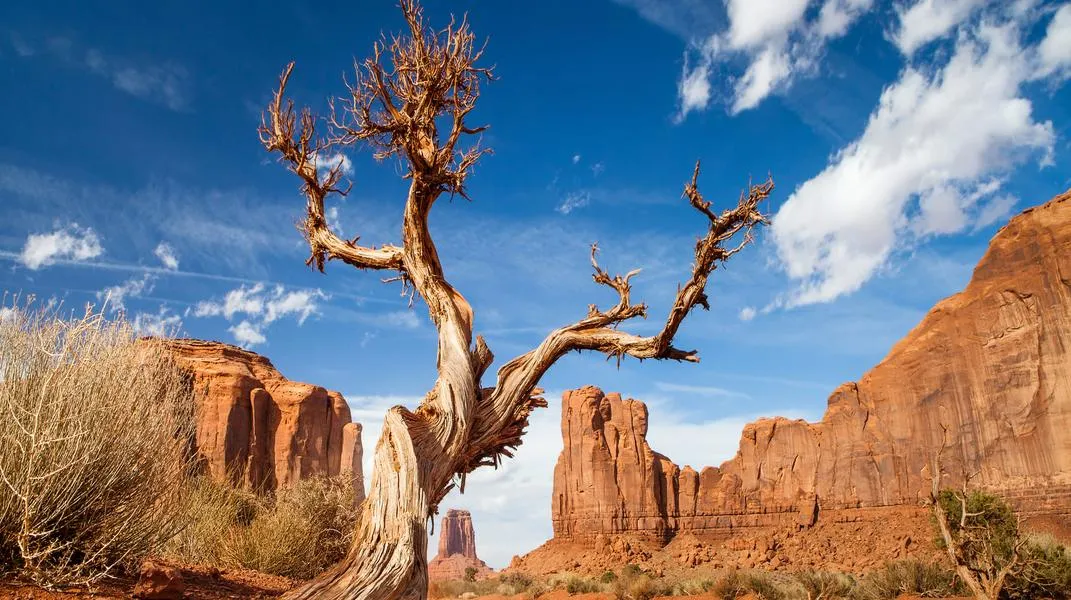
Death Valley National Park Overview
Death Valley National Park, located in Eastern California and extending into Nevada, is one of the most unique and extreme landscapes in the United States. Known for its stark beauty, extreme temperatures, and diverse ecosystems, this park draws adventurers, photographers, and nature lovers from around the globe. With its expansive desert vistas, rugged mountains, salt flats, and colorful canyons, Death Valley offers a plethora of experiences for visitors. However, due to its extreme environment, preparation is key to ensuring a safe and enjoyable visit.
A Brief Overview of Death Valley National Park
Established as a national park in 1994, Death Valley encompasses over 3.3 million acres, making it the largest national park in the contiguous United States. It is renowned for being the hottest place on earth, with summer temperatures often reaching above 120°F (49°C). Additionally, it is the driest national park, receiving less than 2 inches of rain annually, and it boasts the lowest point in North America at Badwater Basin, which sits 282 feet (86 meters) below sea level.
The park's diverse geography includes the Panamint Range, the Amargosa Range, and the Mesquite Flat Sand Dunes, among others. Each area has its own unique features and offers different activities for visitors. The park is also rich in history, with remnants of the Gold Rush era, Native American cultural sites, and old mining towns providing a glimpse into the past.
Key Attractions in Death Valley National Park
1. Badwater Basin: As the lowest point in North America, Badwater Basin is a must-see. The salt flats create a surreal landscape, and the area is home to unique wildlife, including the elusive Badwater snail. The boardwalk allows visitors to walk out into the basin and experience the vastness of the salt flats.
2. Dante’s View: Offering one of the best panoramic views of Death Valley, Dante’s View is located at 5,475 feet (1,669 meters) above sea level. This viewpoint provides an astonishing contrast between the high mountains and the low desert floor. It is particularly beautiful during sunrise and sunset.
3. Zabriskie Point: Famous for its eroded landscapes, Zabriskie Point features a stunning panorama of multicolored badlands. The area is an excellent spot for photography, especially during the golden hour when the sunlight accentuates the colors of the rock formations.
4. Mesquite Flat Sand Dunes: These accessible dunes are located near Stovepipe Wells and are perfect for sandboarding or simply enjoying a sunset. The dunes are home to unique flora and fauna, and the shifting sands create an ever-changing landscape.
5. Golden Canyon: A popular hiking spot, the Golden Canyon trail leads through stunning rock formations that boast a variety of colors. The trail can be extended to connect with the longer route to the summit of Mount Watkins, offering even more breathtaking views.
6. Artist’s Palette: This area showcases colorful hills created by the oxidation of metals in the soil. The drive through Artist’s Palette is a visual feast, especially in the late afternoon when the sunlight brings out the vivid colors of the rocks.
7. Ghost Towns: Exploring the remnants of old mining towns like Rhyolite and Skidoo gives visitors a glimpse into the history of the area. Rhyolite features well-preserved ruins and historical artifacts, while Skidoo offers a more rugged experience for adventurous souls.
8. Wildflower Blooms: In the right conditions, typically after a wet winter, Death Valley comes alive with wildflowers. The best time to witness this spectacle is usually between February and April, depending on rainfall.
Preparing for Your Visit
Visiting Death Valley requires careful preparation, particularly due to its extreme climate and remote location. Here’s a comprehensive guide to ensure your trip is both enjoyable and safe.
Essential Items to Bring
1. Water: Hydration is crucial. It is recommended to drink at least one gallon of water per person per day. Carry extra water, especially if you plan to hike or engage in strenuous activities. Dehydration can occur rapidly in extreme heat.
2. Sun Protection: The sun's rays can be brutal in Death Valley. Bring wide-brimmed hats, sunglasses with UV protection, and sunscreen with a high SPF to protect your skin from harmful rays.
3. Appropriate Clothing: Dress in lightweight, loose-fitting, light-colored clothing to reflect sunlight. In winter months, temperatures can drop significantly at night, so layering is essential. Sturdy hiking boots are recommended for exploring trails and rough terrain.
4. Navigation Tools: While the park is well-marked, having a physical map or GPS device can be helpful, especially in remote areas. Cell phone service is limited, so don’t rely solely on your mobile device for navigation.
5. First Aid Kit: A basic first aid kit should include items such as band-aids, antiseptic wipes, pain relievers, and any personal medications. It’s also wise to include blister treatment supplies if you plan on hiking.
6. Food and Snacks: Bring non-perishable snacks and meals, particularly if you plan to spend the entire day exploring. Energy bars, nuts, and dried fruits are great options for quick energy.
7. Camping Gear: If you plan to camp, ensure you have a sturdy tent, sleeping bag rated for extreme temperatures, and a cooking stove. Be aware that some campgrounds are first-come, first-served, and can fill up quickly, especially during peak seasons.
8. Camera and Binoculars: The park is a photographer's paradise. Bring your camera to capture the stunning landscapes, and binoculars to spot wildlife and distant geological formations.
9. Emergency Supplies: A flashlight, multi-tool, and emergency blanket can be invaluable in case of unexpected situations.
Tips for Enjoying Your Visit
- Timing Your Visit: The best times to visit Death Valley are during the cooler months, between October and April. Summer temperatures can be dangerously high, making outdoor activities challenging.
- Stay Hydrated: Drink water regularly, even if you don't feel thirsty. The dry desert air can lead to dehydration quickly.
- Start Early or Stay Late: To avoid the heat, plan hikes or outdoor activities in the early morning or late afternoon. This not only helps with comfort but also provides beautiful lighting for photography.
- Respect Wildlife: Observe animals from a distance and do not feed them. Maintaining a safe distance helps protect both you and the wildlife.
- Leave No Trace: Practice responsible tourism by adhering to Leave No Trace principles. Pack out what you pack in and respect the natural environment.
- Check Road Conditions: Some roads may be unpaved or closed due to weather conditions. Always check the National Park Service website for the latest updates before your visit.
Conclusion
Death Valley National Park is a place of profound beauty and stark contrasts, offering a unique experience that can be both exhilarating and humbling. From its breathtaking landscapes to its fascinating history, a visit to this national park is sure to leave a lasting impression. With careful planning and preparation, you can safely explore the wonders of this remarkable desert. Whether you're hiking through canyons, photographing the colorful badlands, or simply soaking in the vastness of the desert, Death Valley is a destination that promises adventure and discovery at every turn. So pack your bags, grab your water, and get ready to embark on an unforgettable journey into one of America’s most extraordinary national parks.

